Fire Safety in your home
We get a lot of questions about homes, not only from friends and family but also whilst we are working with clients so we’ve put together some top tips from our in house specialists. Let’s see what they have to say…
Tip #1
Ensure you have working fire alarms / Carbon Monoxide (CO) alarms in your home.
It is essential to have working fire alarms in your home and to test them on a regular basis. We would advise of monthly fire alarm testing for a home. The type we would recommend is hardwired, radio linked detection.
Having the right types of detection around the home matters.
- Kitchen: Heat detector
- Living rooms: Smoke detector
- Landings: Smoke detector
- Bedrooms: Smoke detector
- CO alarms – throughout the entirety of the extent of a flu or chimney.
Depending on where you live – the legal requirements for automatic fire detection changes so please check your local laws to ascertain what provision you should have installed within your home. If you want to put additional detection in your home to cover all areas please reach out to us as there may be other things to consider at this point.
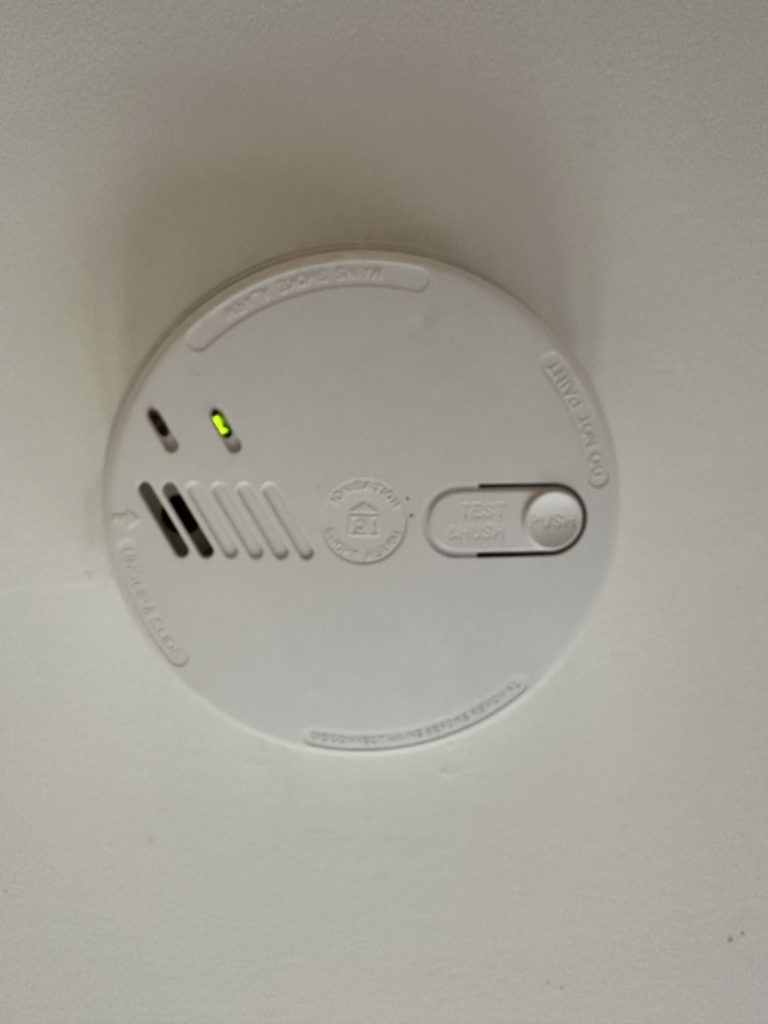
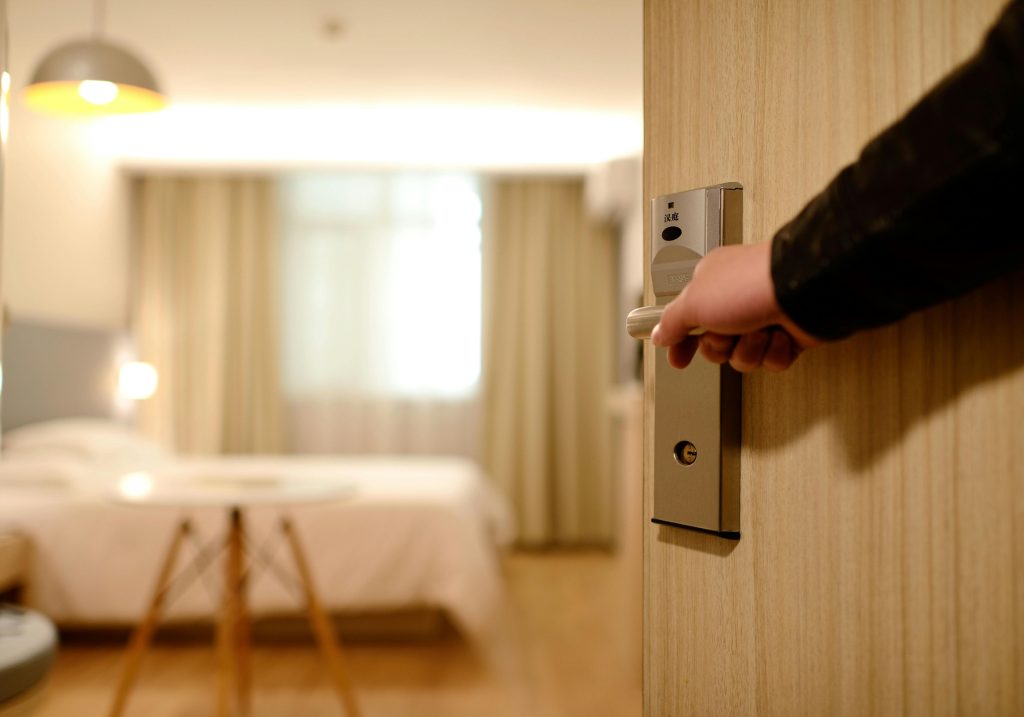
Tip #2
“Close before you doze” – A simple closed door can save your life.
Internal doors in your home should be well fitted and undamaged, to work well in a fire. Even a standard door in your home can still offer between 13-18 minutes of fire resistance. If the door is in poor state of repair these times will be significantly reduced.
If you have fire doors fitted in your home, inspect them every quarter. Reach out to us if you would like to know how to inspect your doors properly.
Keeping doors closed in your home is critical to survival in the event of a fire, especially if you are asleep. This simple barrier stops heat, fire and smoke affecting you or your escape routes. Closing all the internal doors in your home ensures that if anything happens, the fire is kept at source and it maintains the escape routes for long enough for you to evacuate your home. Please do not just remove doors – houses are built in accordance with approved document b of the building regulations which outlines where doors should be. By removing doors it could significantly impact how the building can protect you if there is a fire in your home.
Tip #3
Careful with the candles – candles, incense sticks, wax melts.
Whenever we have open flames in our homes it increases our risk. Most of the time it’s great and we can enjoy the aroma and mood that open flames provide to millions of people every day. Please ensure that you extinguish all candles properly before leaving the home or going to bed. Also make sure that there are no fuel sources within the immediate vicinity of the open flame.
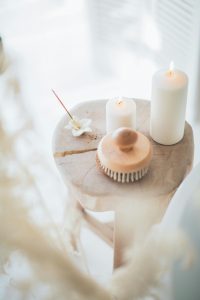
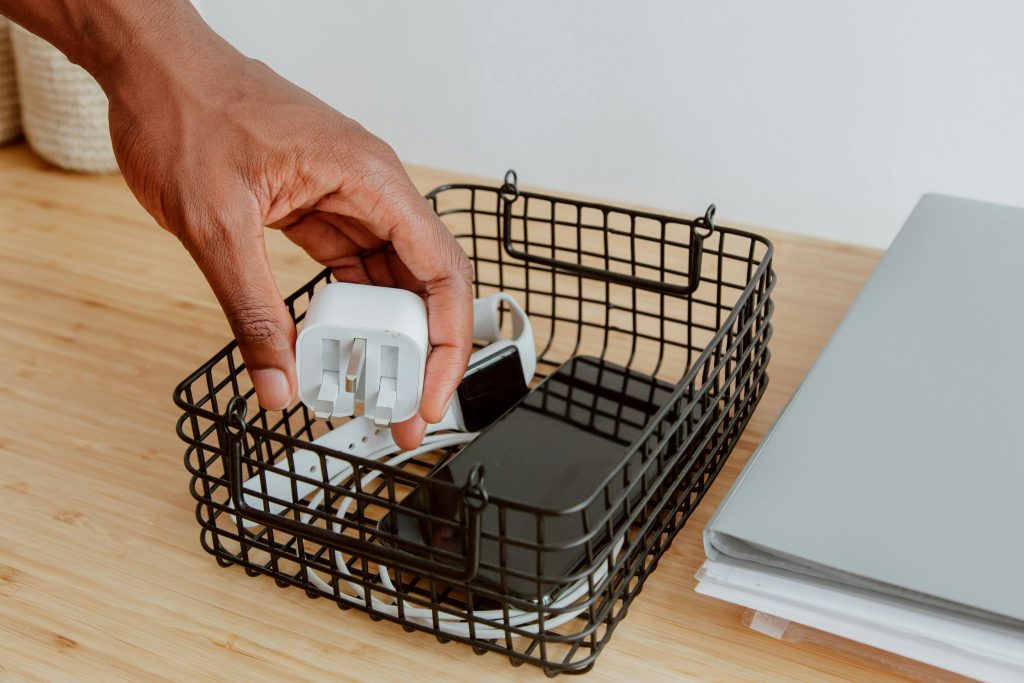
Tip #4
Do not use fake chargers.
Fake chargers are dangerous. They are not the same as genuine chargers. They can also create insurance invalidation if it’s the cause of a fire in your home. When we talk about chargers – it’s not the cable that we care about, it’s the plug that can be dangerous if not genuine. Always use genuine chargers with the devices that it’s made for to ensure that they are charged in accordance with the manufacturer’s guidelines.
Tip #5
Boiler / airing cupboards – the perfect space for laundry, or is it?
A boiler / airing cupboard is probably one of the most high-risk areas within your home. The issue comes when people store bed linen etc in those cupboards – we call this introducing a fire loading. That is going to have a detrimental effect if you have a fire in that space, as now there is adequate fuel for rapid development of fire. This was exactly what happened at the Rosepark Care Home fire in January 2004 which claimed the lives of 14 elderly residents.
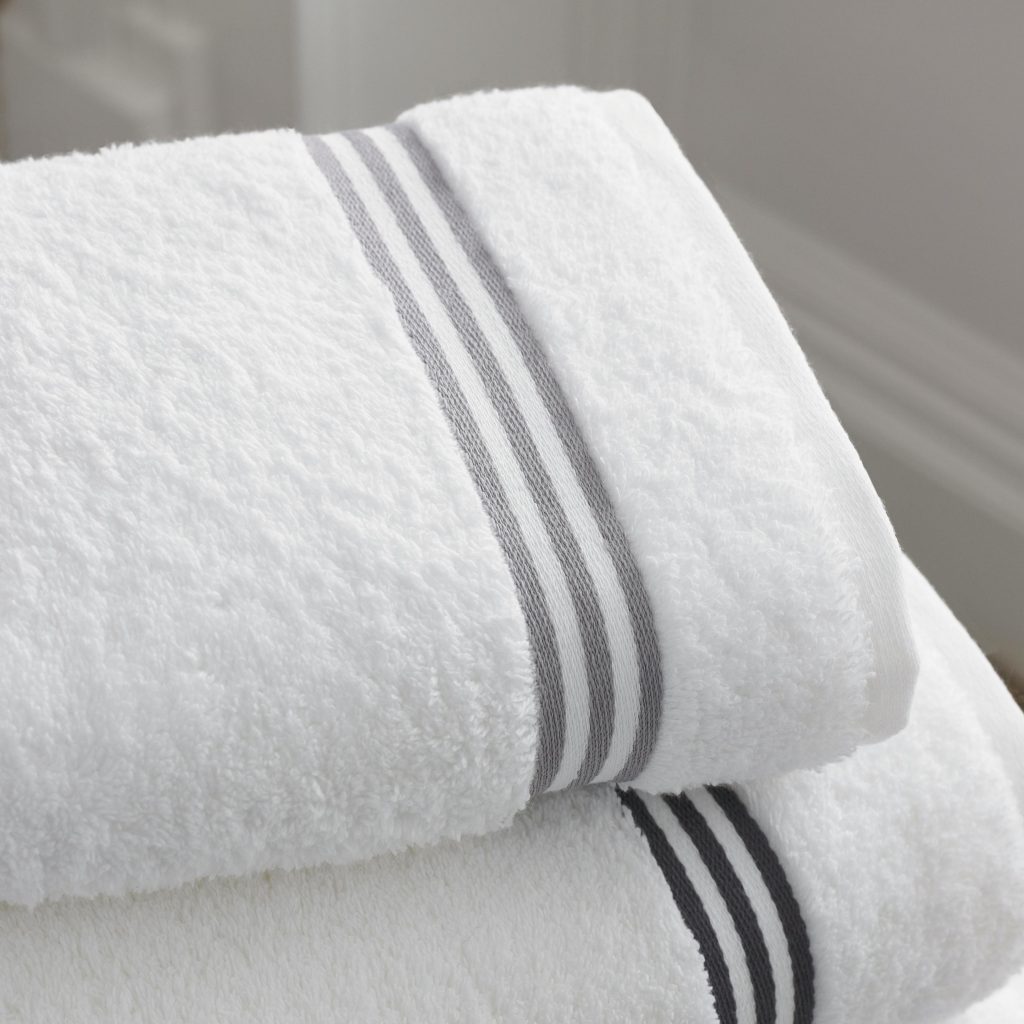
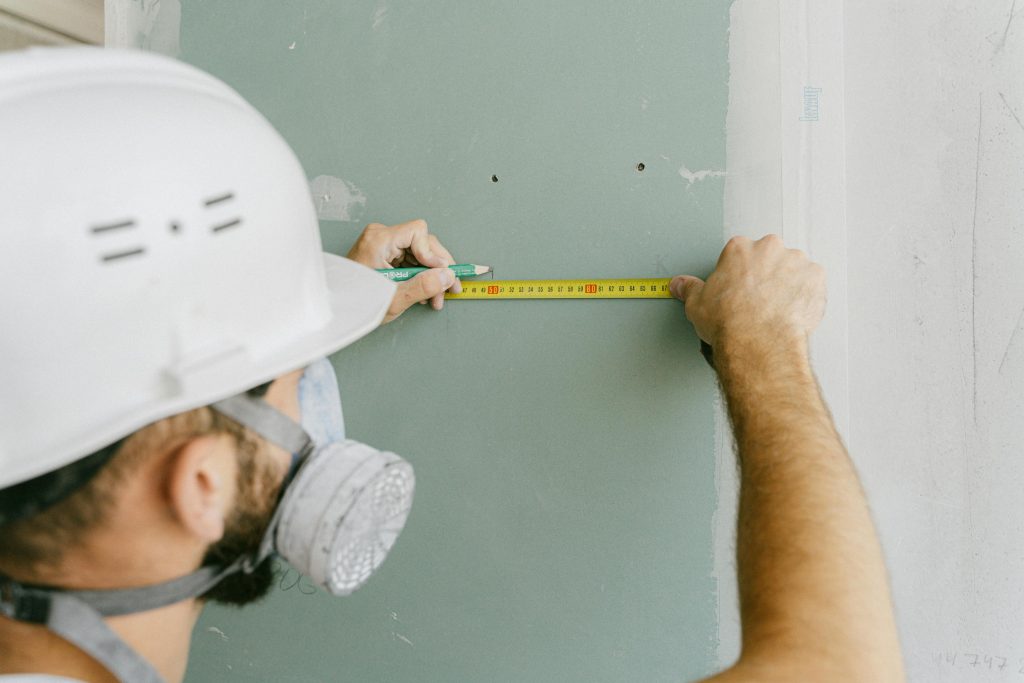
Tip #6
Filling up the holes properly.
A mistake that we see a lot in houses is typically after some DIY. If you put holes into your walls, ceilings, floors, airing cupboards etc – fill them up. Even if it’s a 2mm hole – let’s get it filled. A perfect material to use to fill these holes up would be intumescent mastic. It’s cheap in hardware stores and it’s easy to use. When we have filled our holes up it allows the building fabric to maintain its compartments ensuring that fires stay at source and allows us to escape. We would avoid using 1 part polyurethane ‘fire’ foams to fill these holes.
Tip #7
Plan your escape.
Have an escape plan for your home and run through the escape plan with the household, or guests if they are staying over. We appreciate that it may be simple and straight forward but here at eunyxus, we’re all for preparation – hopefully for something that never happens.
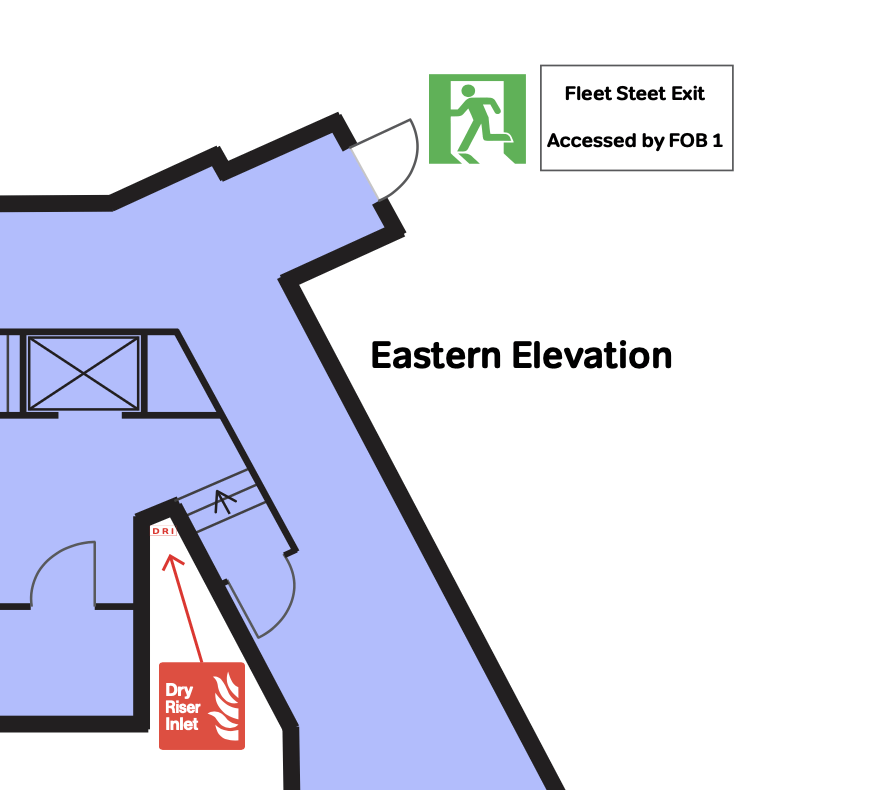
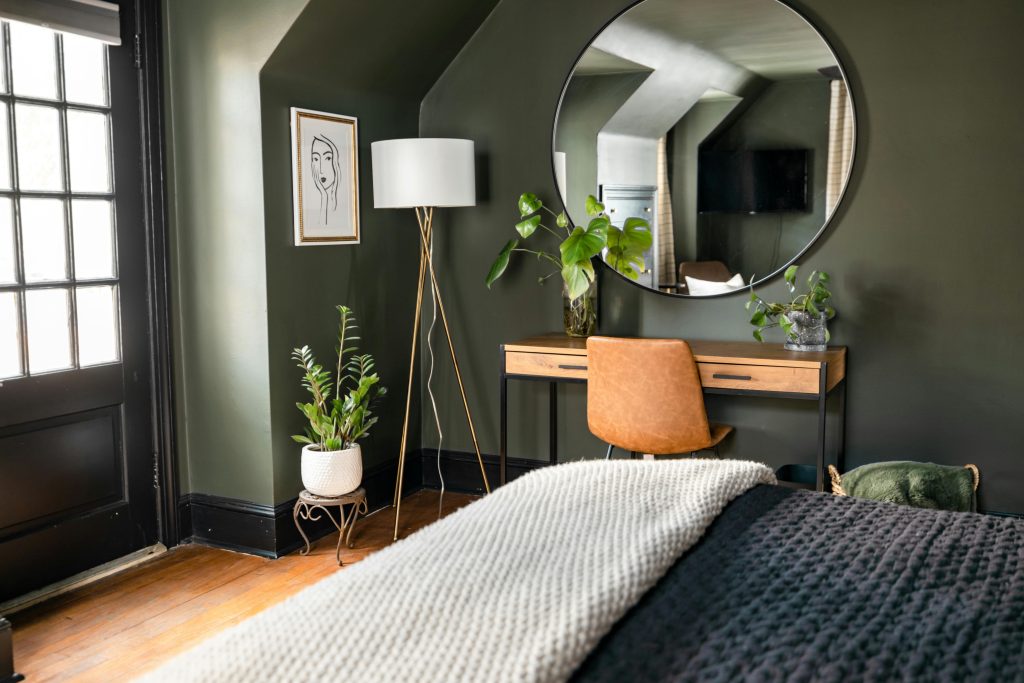
Tip #8
Mirror, mirror on the wall.
Avoid placing mirrors in locations where sunlight can reflect off it and create hotspots in your room. These hotspots are very high in temperature and can easily set alight to soft furnishings such as carpet, pillows, duvets, toys and curtains.
Tip #9
Fire blankets – The most underrated piece of kit.
Fire blankets can be used on so many things. Little bin fires, fat fires, over toasters. They can also be used as a shield that you can place over your head for protection if you need to move passed a fire in the kitchen. They’re cheap, easily accessible and it’s all you need for the home alongside proper detection.
We wouldn’t recommend fire extinguishers in your home and here’s why:
- You would need to set up maintenance contracts for your extinguishers to keep them serviced and in condition to be used.
- Having fire extinguishers in your home will encourage you to firefight when the best course of action might be to get out and stay out.
- Most extinguishers we have seen in homes are a multi-purpose ABC powder units. Dry powder is not recommended for enclosed spaces as it causes vision & respiratory issues during use. It also gets everywhere; taking a long time to clean up and its corrosive which is going to cause havoc with electrical devices etc.
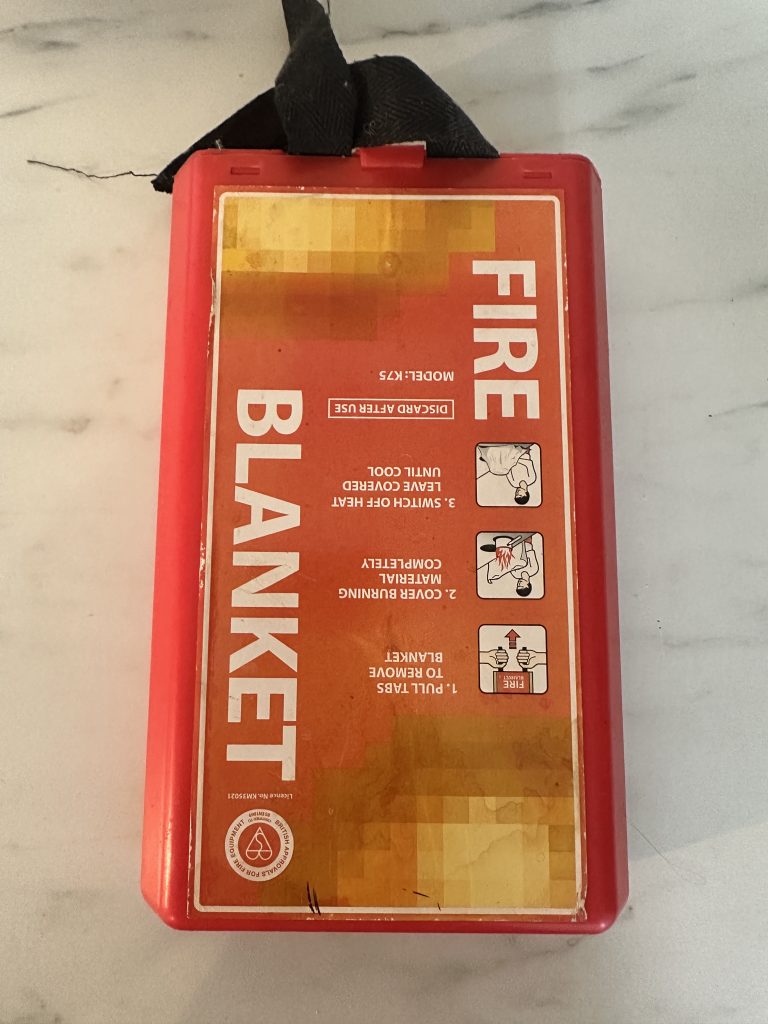
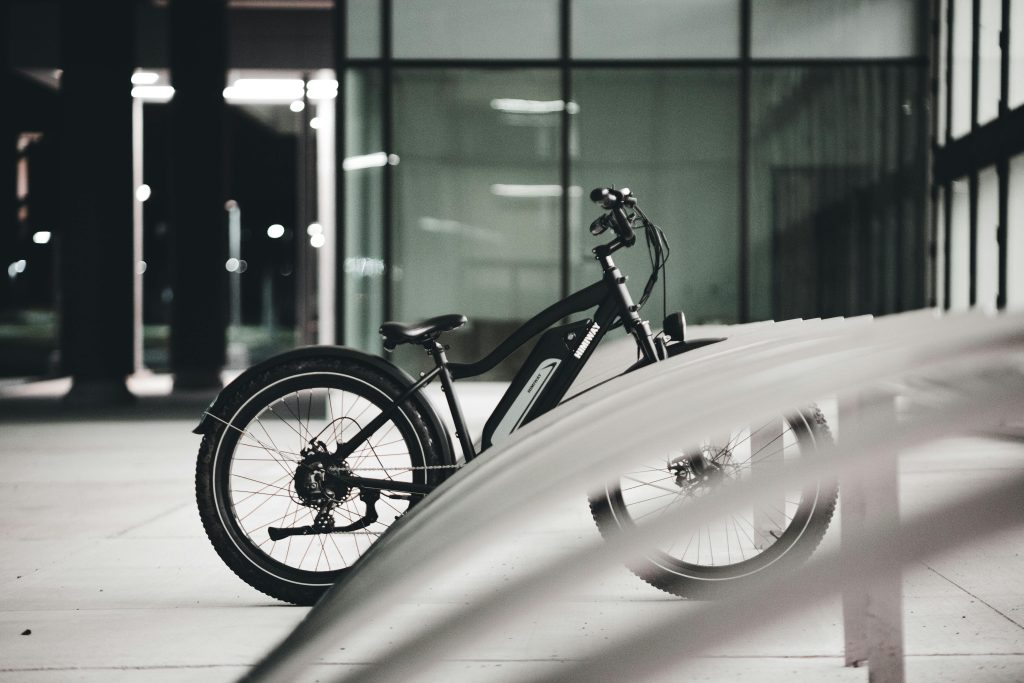
Tip #10
EV’s/e-bikes/e-scooters, batteries – a fire that we can’t put out.
The nature of an e-bike or an e-scooter fire is extreme. London Fire Brigade are regularly putting out public advice on this as fires started by these are causing deaths.
Please do not modify a scooter or its charger. Always use the cables to charge the batteries and never charge an e-scooter or an e-bike in an escape route. If you can charge them outside – great! If you can’t, charge them in a room that you can shut the door on. When thermal runaway occurs in these large batteries – rooms are seen to be at flashover in very short space of time <5s.
If you have a phone or laptop that appears to be bulging from the battery – please take it to a recycling centre for it to be disposed of properly. Please do not charge the battery if it has swollen. A swollen battery is a combat indicator that the battery is fault and could be one more charge away from thermal runaway. Be battery aware.
EV’s are becoming more popular than ever. If you do have an EV, please have any electrical work carried out by a competent installer and have the installation checked regularly. Avoid charging your EV at your front door, if it catches fire – you will not be able to escape your house. We would recommend against using extension leads to plug a charger into but if you have no other choice, please ensure that the extension lead is fully unwound to prevent electromagnetic induction in the reel.
Tip #11
Avoiding overloading sockets.
Maybe one of the most common causes of fire in homes and at work -overloaded sockets happen without really noticing it. Have you ever plugged one extension lead into another? Chances are you are overloading the socket. This calculator below is great for you to plug in your appliances and it will tell you if you are overloading it or not.
https://www.tlc-direct.co.uk/Technical/socket-calculator/index.html
Top tip. If something has a heating element or a motor – plug it directly into the wall. Toasters, kettles, microwaves, tumble dryers, fridges, washing machines, hair dryers, hair straighteners etc. They are high consumption goods that will draw a lot of energy from the socket. Please do not use those types of items in extension leads / multipoint adapters.
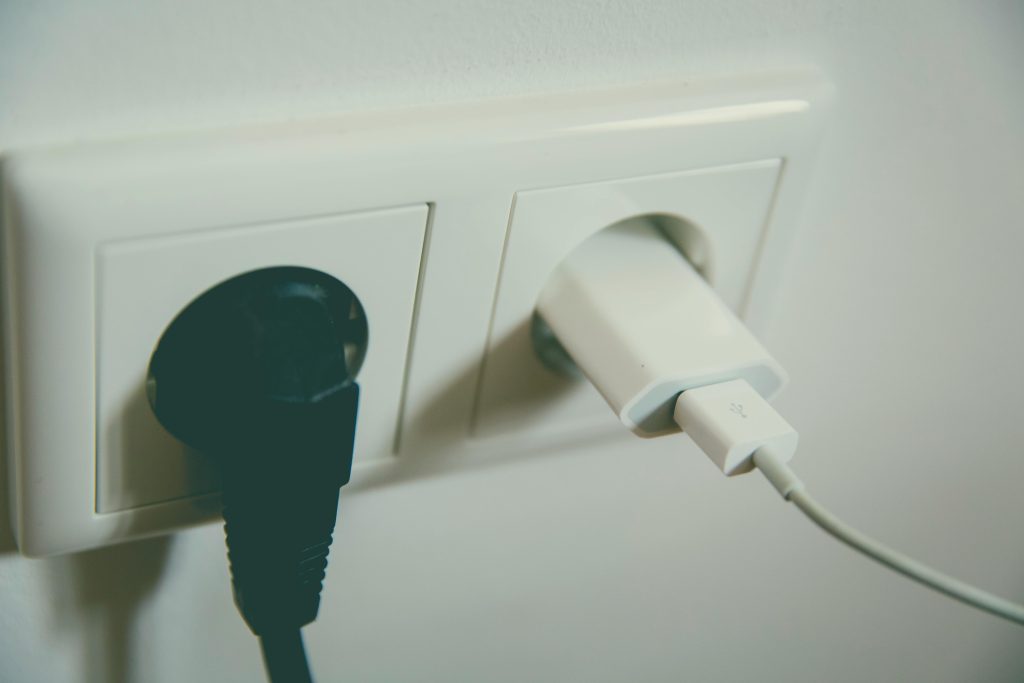
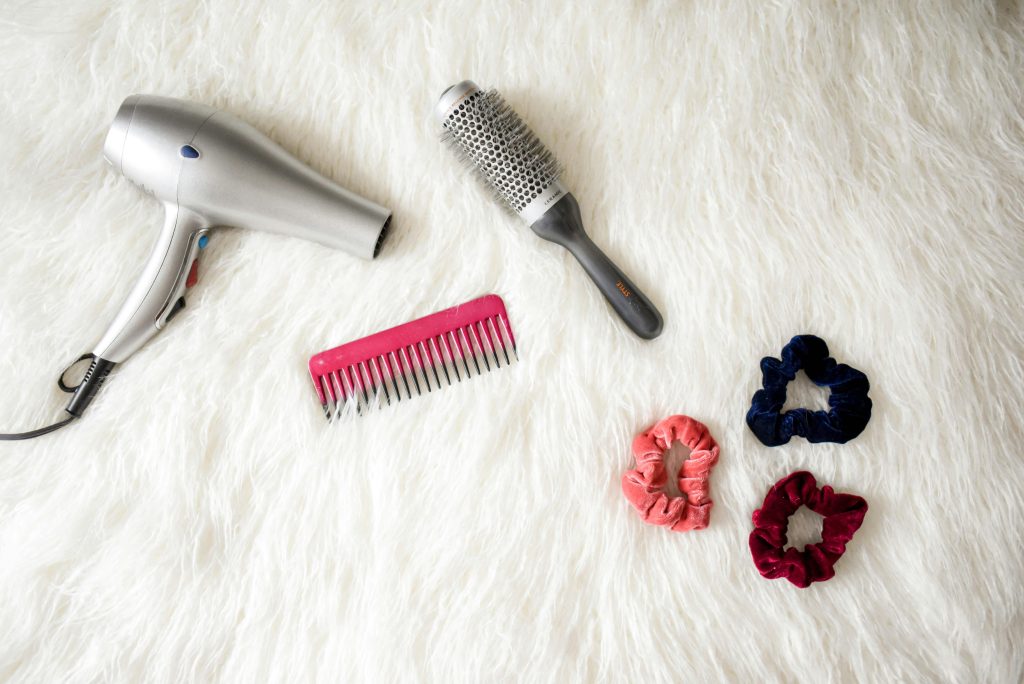
Tip #12
Hairdryers, Straightners & Irons
Please ensure that hairdryers / straighteners are not laid on carpet whilst they are hot and switch them off once you have finished using them. All of these devices should be turned off after use or if you are leaving the room.
